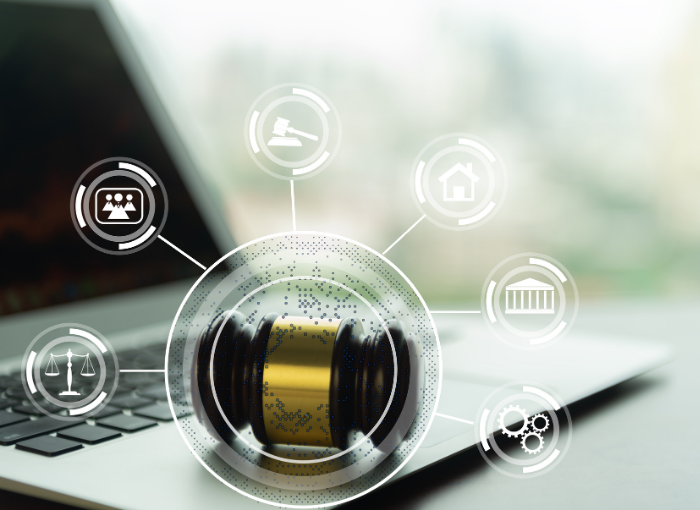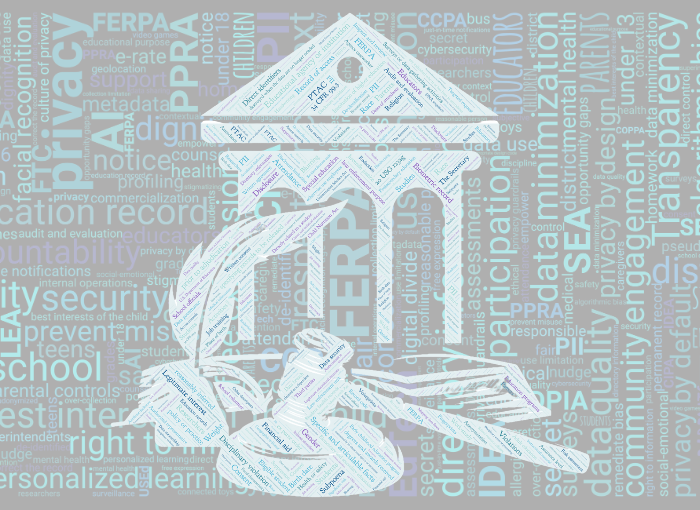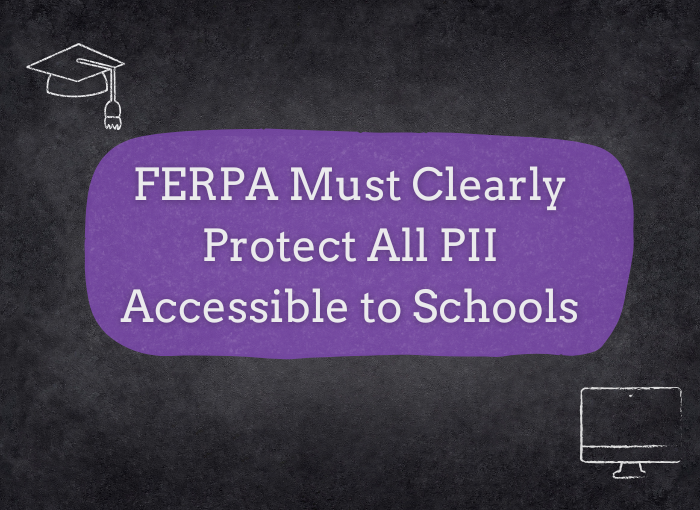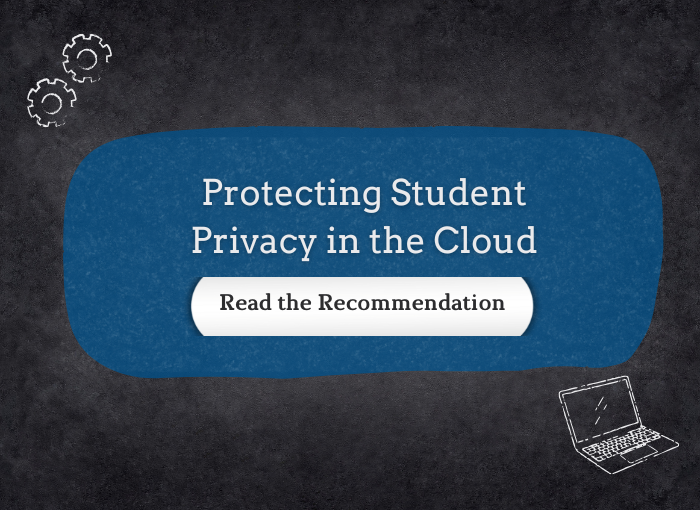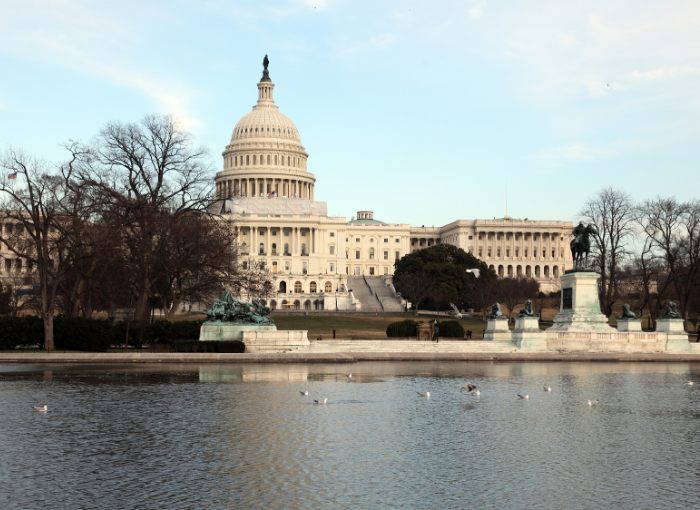Supreme Court Upholds Age Verification: A Game-Changer for Child Online Safety Laws
Supreme Court Upholds Age Verification: A Game-Changer for Child Online Safety Laws July 1, 2025 Jessica Arciniega, Morgan Sexton, & Amelia Vance CC BY-NC 4.0 Introduction Last Friday, the U.S. Supreme Court issued a major decision in Free Speech Coalition v. Paxton, upholding Texas’s law requiring adult websites to verify users’ ages before allowing access. While this case specifically addressed pornographic content, the ruling’s implications likely extend far beyond adult websites—potentially reshaping how courts evaluate the dozens of state laws designed to protect children online that have repeatedly been blocked by federal judges over the past several years. TLDR: […]
Supreme Court Upholds Age Verification: A Game-Changer for Child Online Safety Laws Read More »


